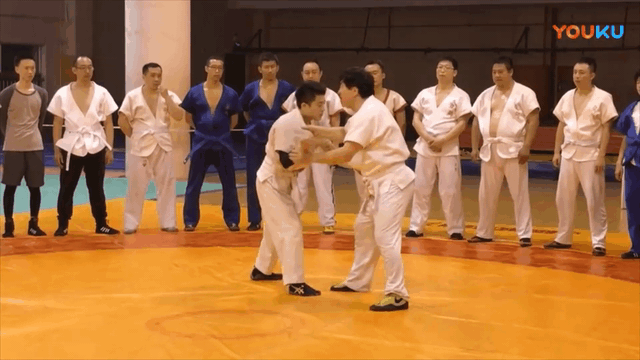I have a lot of fun to create my own forms lately (I have created 4 forms so far). Since I no longer compete in tournament, I try to use form training for health purpose (endurance, balance, flexibity, speed, power generation, ...). In order for me to have strong motivation to train such forms, I have to create some forms that I truly enjoy of doing it.
I may use a traditional form as the base. Pick up a small part that I like. I then add some moves before and after that part. The idea number can be 16 to 20 moves. I try to make sure that I have at least 3 kicks in it. I then make a reverse version of that form. Finally, I link the new form and the new reverse form as one final form (the final form can be 32 to 40 moves).
The advantage of this new form are:
- Have fun to train it.
- Record useful information.
- Different MA systems techniques can be integrated.
- The ratio of punch and kick can be adjusted according to your favor ratio.
- Every move is trained on both sides.
- ...
What's your opinion on this approach?
I may use a traditional form as the base. Pick up a small part that I like. I then add some moves before and after that part. The idea number can be 16 to 20 moves. I try to make sure that I have at least 3 kicks in it. I then make a reverse version of that form. Finally, I link the new form and the new reverse form as one final form (the final form can be 32 to 40 moves).
The advantage of this new form are:
- Have fun to train it.
- Record useful information.
- Different MA systems techniques can be integrated.
- The ratio of punch and kick can be adjusted according to your favor ratio.
- Every move is trained on both sides.
- ...
What's your opinion on this approach?
Last edited:

